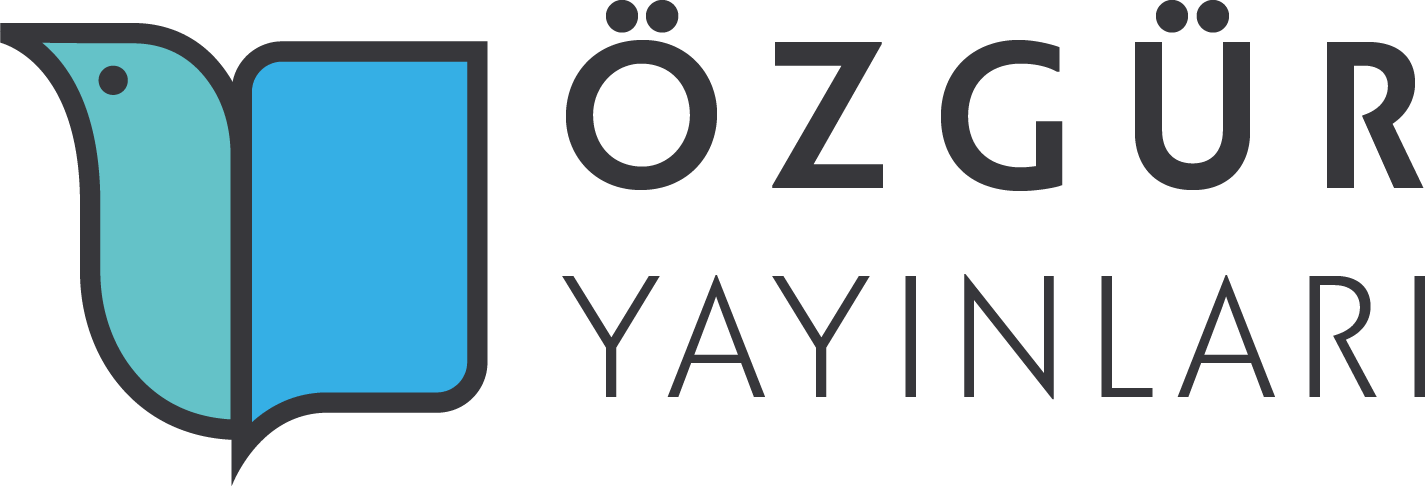
Optimal Product Mix and Resource Allocation in Furniture Manufacturing Using Linear Programming: A Case of Furniture Company
Şu kitabın bölümü:
Tahtalı,
Y.
&
Demir,
İ.
&
Bayyurt,
L.
&
Abacı,
S.
H.
(eds.)
2025.
Current Approaches in Applied Statistics II.
Özet
Increasing competitive conditions and changing customer demands in the furniture industry necessitate efficient use of production resources and optimal planning of product mix. In this study, a linear programming model is presented for profit maximization and balanced product mix objectives of a furniture manufacturing company. The model aims at optimal allocation of limited resources such as CNC machine time, labor hours, MDF, and fabric for three main product groups: sofa sets, dining tables, and wardrobes. The mathematical model, presented using LINGO software, optimizes the company's weekly production planning. In the study, minimum demand and maximum capacity constraints were defined for each product, and all resource limitations were included in the model. According to the optimization results, a production plan providing a weekly profit of 91,700 TL was obtained. This plan envisions the production of 17 sofa sets, 7 dining tables, and 6 wardrobes. Resource utilization analysis showed that CNC machine and labor hours were utilized at a rate of 99.2%, indicating these resources as the main limiting factors for production. MDF utilization rate was calculated as 92.7%, while fabric utilization rate was 96.9%. Product mix analysis revealed that sofa sets constitute 64.9% of the total profit. As a result of the study, strategic recommendations were presented to increase the company's resource utilization efficiency and achieve a more balanced product mix. The presented model can be adapted to other companies in the furniture industry and provides a scientific approach to production planning and resource allocation decisions.

